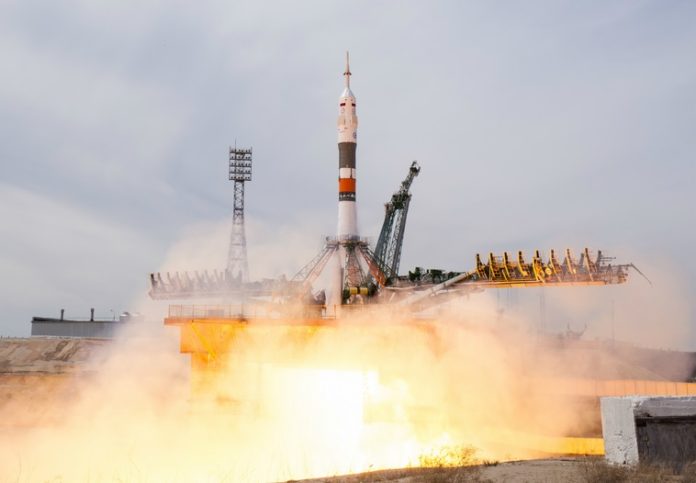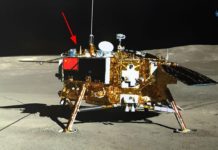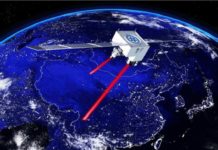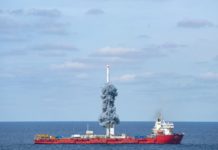Yesterday, 20 April, was a very eventful day.
The day began with the launch of Roscosmos’ Soyuz MS-04 from Baikonur, Kazakhstan, at 1.13pm Baikonur time (07:13 UTC). The Soyuz carried cosmonaut Fyodor Yurchikhin and astronaut Jack Fischer to the International Space Station (ISS), marking the beginning of Expedition 51/52.
The spacecraft took about 12 minutes to reach orbit, after which it took 6 hours to make its way to the ISS. The two passengers were welcomed by Expedition 51 Commander Peggy Whitson of NASA and Flight Engineers Oleg Novitskiy of Roscosmos and Thomas Pesquet of ESA (European Space Agency).
A few hours later, at 7.41pm Beijing time (11:41 UTC), China launched its first automated cargo spacecraft, Tianzhou-1, to its space laboratory, Tiangong-2, on a Changzheng-7 (Long March 7) rocket. Weighing 13,000 kg, the Tianzhou-1 is China’s heaviest spacecraft to date. Docking is expected to take place at 04:00 UTC on 22 April.
Tianzhou-1, affectionately called “Delivery Boy” by the Chinese, is China’s most public launch to date. The launch at Wenchang Spacecraft Launch Site on Hainan Island saw foreign press, who were invited for the first time, along with Chinese tourists who viewed the spectacle from an elevated, dedicated viewing arena built for the public.
Both the Soyuz and Tianzhou launches were streamed live from various media channels, and can be viewed on Youtube.
The next launch is expected to take place around 25 April (unconfirmed) at French Guiana, with the launch of ViaSat-2 & Eutelsat 172B. On the Asian front, the next major launches are expected to be on May 1 in China (Long March 3B/E launching Alcomsat-1 at Xichang), and May 2 in India (GSLV Mk II launching GSAT-9 at Sriharikota).







